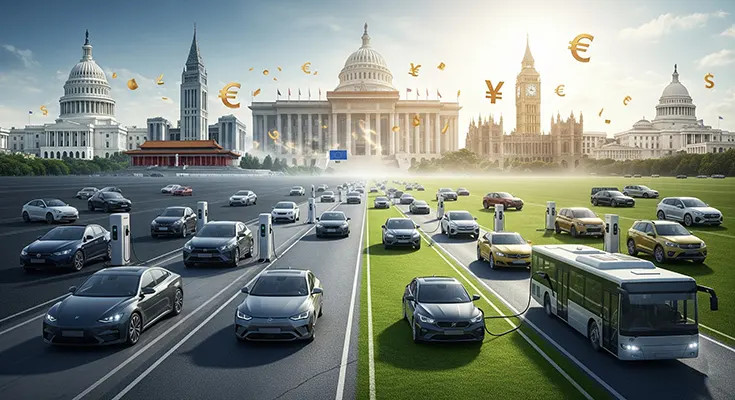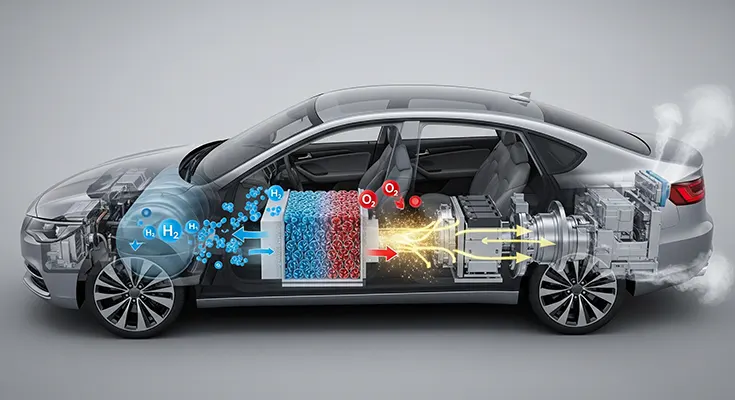The global surge in electric vehicle (EV) adoption is not a spontaneous market phenomenon. While technological advancements and consumer interest are crucial, the relentless push for cleaner transportation is a direct result of comprehensive and multifaceted government policies and incentives. Governments worldwide are acting as a powerful catalyst, addressing key barriers to EV ownership and creating an environment where a fossil-fuel-free future is not just a possibility, but an inevitability.
These policies can be broadly categorized into three key areas: fiscal incentives, regulatory frameworks, and infrastructure investment.
1. Fiscal Incentives: Reducing the Sticker Shock
The high upfront cost of EVs compared to their internal combustion engine (ICE) counterparts has historically been the biggest hurdle for consumers. Governments have used a combination of financial incentives to bridge this gap and make EVs a more economically viable choice.
- Purchase Subsidies and Tax Credits: This is the most direct and widely used policy.


